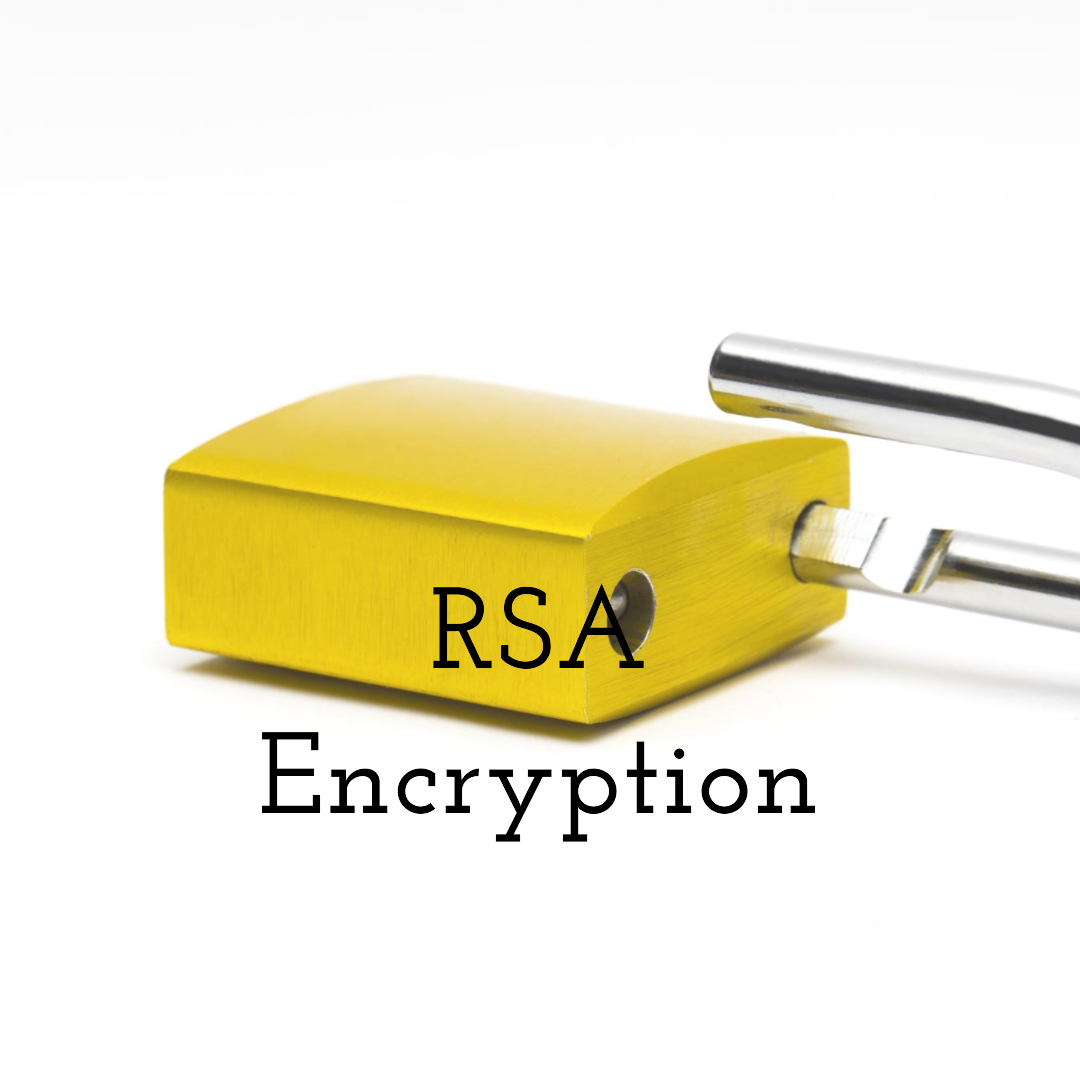In the digital era, securing communication and safeguarding personal information have become paramount. As technology advances, so do the methods of both protection and intrusion. Among the various encryption algorithms that have emerged, RSA (Rivest-Shamir-Adleman) encryption stands out, not just for its robustness but for its elegance as well. This article delves into the fundamentals of RSA encryption, focusing specifically on the concept of keys, unraveling the complexities in a manner that is accessible to beginners.
At its core, RSA encryption operates on the principle of public-key cryptography. This paradigm shifts the traditional understanding of cryptographic keys, introducing a dual-key system that fundamentally alters the way we think about secure communication. The two keys in RSA are the public key and the private key, each serving a unique purpose yet intricately linked.
The public key, as its name suggests, can be freely distributed and is utilized to encrypt messages. This key is composed of two numbers: one is a large prime number ( n ), the product of two distinct prime numbers ( p ) and ( q ), while the other is an integer ( e ) that represents the encryption exponent. The interplay between these numbers constructs a fence around the data, allowing only those equipped with the corresponding private key access to the original content.
Conversely, the private key remains confidential and is used for decrypting messages. This key is also determined from ( n ) and involves another integer ( d ), the decryption exponent. The relationship between these components is governed by intricate mathematical principles, primarily revolving around modular arithmetic and number theory, which serve as the backbone of RSA’s security framework.
To grasp the significance of RSA encryption more fully, one must consider the mechanics of key generation. The process begins with the selection of two large prime numbers, ( p ) and ( q ). Their product ( n = p times q ) establishes the modulus for both keys. Each prime selection directly influences the strength of the encryption; as these numbers increase in size, so does the complexity of breaking the encryption through factorization—a process that is computationally intensive and time-consuming.
Once the modulus is secured, the next step involves determining the encryption exponent ( e ). This integer must satisfy certain conditions, notably that it is coprime to ( (p-1)(q-1) ). Typically, small prime numbers like 3 or 65537 are chosen for their expedience in calculations while still maintaining security. The decryption exponent ( d ) is then computed as the modular multiplicative inverse of ( e ) with respect to ( (p-1)(q-1) ). This intricate dance of mathematical operations ensures that the keys, though publicly available, contain a layer of security that remains steadfast against unauthorized deciphering.
With the keys established, the encryption process can commence. An individual wishing to send a secure message would utilize the recipient’s public key to encrypt their data. This is achieved by converting the plaintext into a number and applying the formula ( c equiv m^e mod n ), where ( c ) represents the ciphertext. The beauty of this formula lies in its scalability; even the most cumbersome messages can be reduced to manageable integers, maintaining the integrity of the original content while obfuscating it from prying eyes.
Upon reception, the recipient employs their private key to decrypt the message. The decryption process reverses the encryption operation by applying the formula ( m equiv c^d mod n ). Here lies the ingenuity of RSA: even though the public key is exposed to the world, the private key remains shielded, ensuring that only the intended recipient is equipped to reveal the concealed message.
However, even the most sophisticated systems require scrutiny. RSA encryption’s security is predicated on the complexity of factoring large integers. While infeasible for sufficiently large primes today, advancements in computational power and quantum computing pose potential threats to traditional RSA practices. Recognizing this risk has led to ongoing efforts to develop hybrid systems and alternative algorithms that could complement or eventually supplant RSA as the efficacy of existing cryptographic measures is tested against emerging threats.
In addition to its mathematical elegance, RSA encryption catalyzes broader discussions about privacy, security, and trust in the digital landscape. The assurance that messages remain confidential empowers individuals and organizations alike, fostering an environment where communication thrives unhindered. This newfound security, however, comes with ethical implications, notably the potential for misuse in nefarious activities.
To navigate these complexities, a deep understanding of encryption, applicable regulations, and potential ramifications must accompany the adoption of such technologies. By cultivating this awareness, one can appreciate the delicate balance between privacy and accountability while remaining vigilant against misuse.
In conclusion, RSA encryption represents a remarkable intersection of mathematics, technology, and ethics in the realm of cybersecurity. By understanding the mechanisms behind public and private keys, individuals can gain confidence in the digital communication robustly shielded by cryptographic algorithms. The keys to secure communications not only promise a defensive mechanism but also invite questions about the future of encryption and its role in safeguarding our digital identities.








Leave a Comment